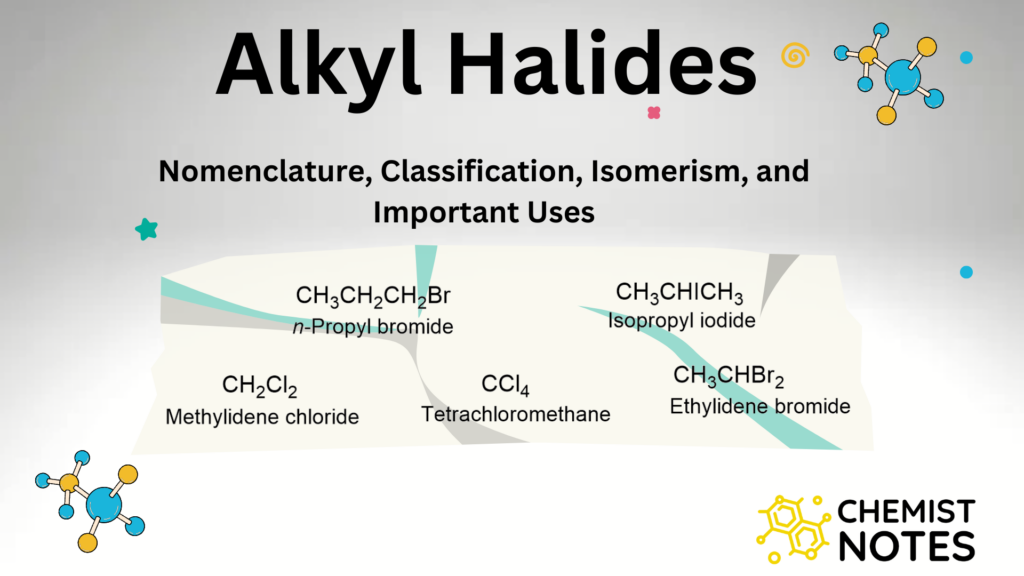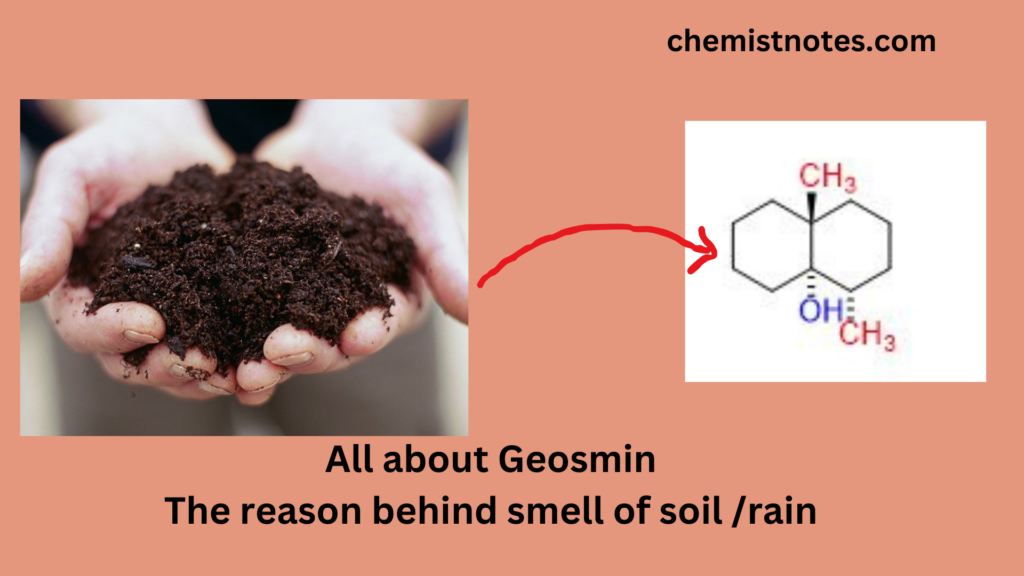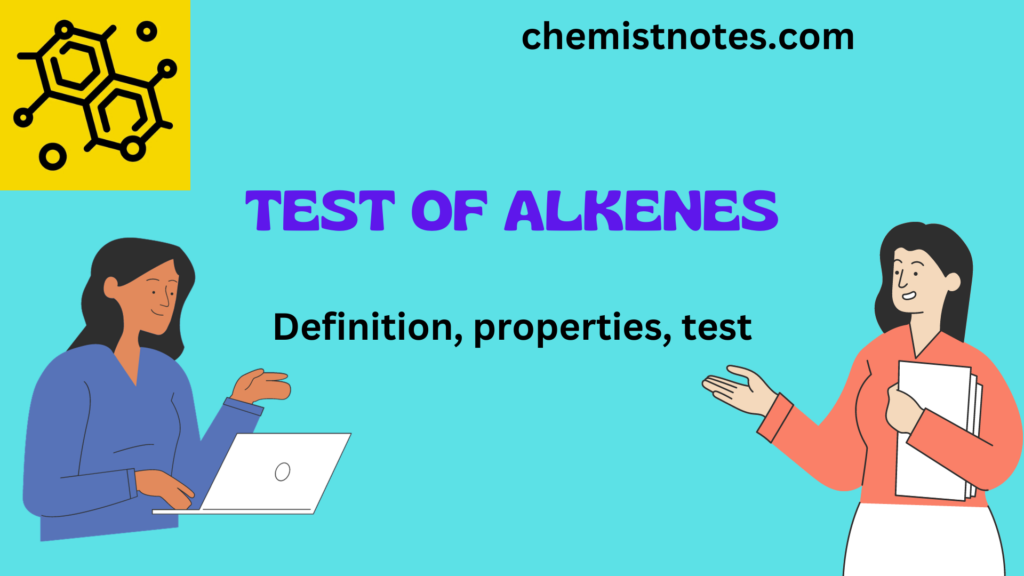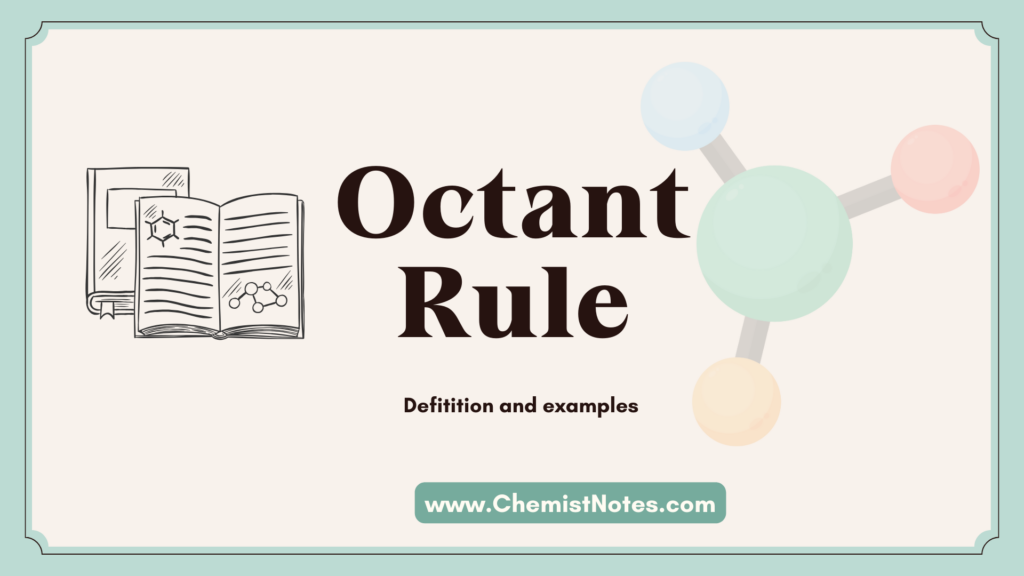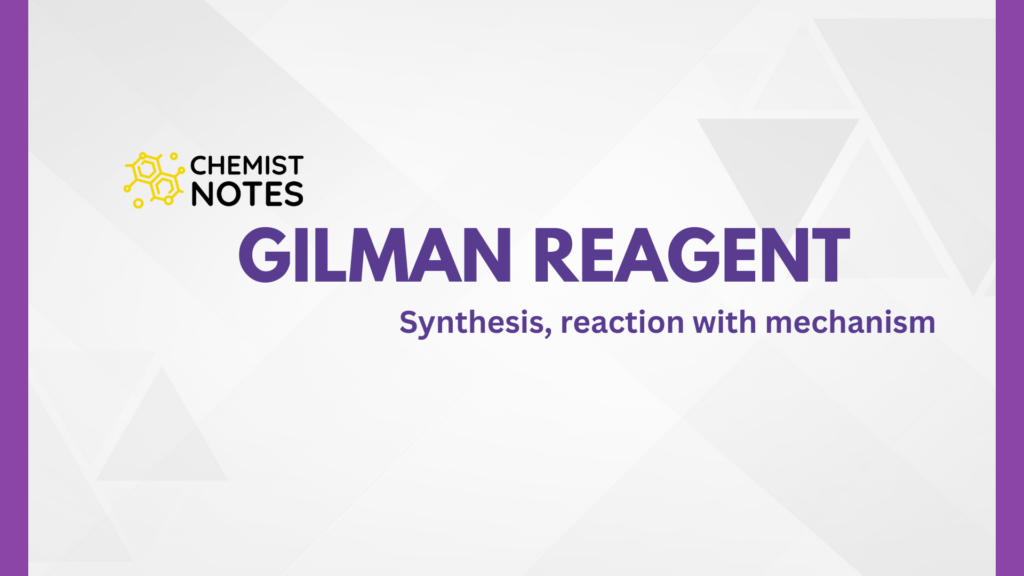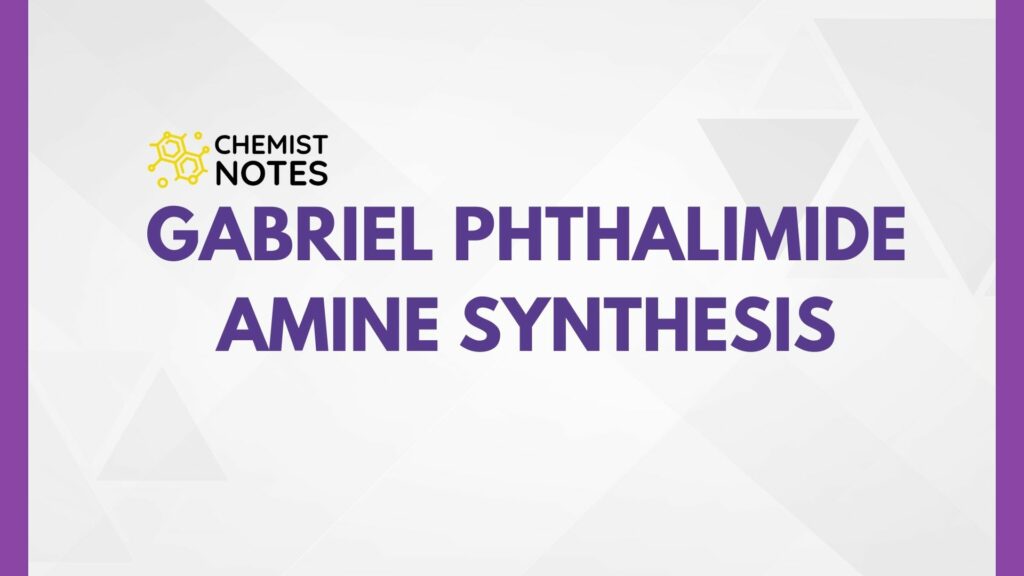Table of Contents
ToggleDefinition: The melting point of a substance is defined as the temperature at which the solid and liquid phases of the substances exit together under a pressure of 1 atm.
Is melting point physical or chemical property?
Melting point is a physical property because we can determine the melting point of a substance without changing its chemical composition.
Melting points of some materials/chemicals:
| Materials/Chemicals | Melting Point | Materials/Chemicals | Melting Point |
| Aluminum | 660.3oC | Water | 0oC |
| Copper | 1085oC | Steel | 1371-1537oC |
| Gold | 1064oC | Stainless steel | 1510oC |
| Lead | 327.5oC | Benzoic acid | 122.3oC |
| Iron | 1538oC | Brass | 927oC |
| Silver | 961.8oC | Glass | 1400-1600oC |
| Tungsten | 3422oC | Sodium Chloride / NaCl | 801oC |
| Titanium | 1668oC | Plastics | 160-270oC |
| Tin | 231.9oC | Ethanol | – 114.1oC |
| Platinum | 1768oC | Methanol | – 97.6oC |
| Zinc | 419.5oC | Diamond | 4027oC |
| Gallium | 29.76oC | Graphite | >3600oC |
| Bismuth | 271.4oC | Caffeine | 227-228oC |
| Magnesium | 650oC | Carbon | 3550oC |
| Mercury | – 38.83oC | Aspirin | 135oC |
| Potassium | 63.5oC | Ice | 0oC |
| Lithium | 180.5oC | Solder | 90-400oC |
| Indium | 156.6 oC | Acetanilide | 114.3oC |
| Cobalt | 1495oC | Bronze | 913-977oC |
| Acetophenone | 20.2oC | Hydrochloric acid / HCl | – 114.2oC |
| Acetone | -95oC | Hexane | – 96 to -94oC |
| Calcium Oxide / CaO | 2572oC | Salicylic acid | 158.6oC |
| Coconut oil | 25oC | Magnesium Oxide | 2852oC |
| Cyclohexane | 6.5oC | Silicone | 1414oC |
| Chocolate | 30-32oC | Sodium hydroxide | 318oC |
| Neon | -248.6oC | Napthalene | 80.26oC |
| Oxygen | -218.8oC | Beeswax | 60-65oC |
| Silicone | 1414oC | Carbon dioxide / CO2 | – 56.65oC |
| Sodium bicarbonate | 3000oC | Sugar | 186oC |
| Sodium | 97.79oC | Acetic acid | 118oC |
| Sucrose | 160-186oC | Methane | – 182oC |
| Butter | 32oC | HDEP | 125oC |
| Wax / Paraffin wax | 46- 68oC | Nylon/ Nylon 66 | 268.8oC |
| Pewter | 170-230oC | PLA | 170-180oC |
| Polypropylene | 160oC | PVC/ Polyvinyl Chloride | 100-260oC |
FAQs:
Which metal has the highest melting point?
Tungsten metal has the highest melting point among all the metals. Tungsten’s melting point is 3,422 °C( 6,192 °F).
Which metal has the lowest melting points?
Mercury metal has the lowest melting point Its melting point is -38.83 °C.
Do ionic compounds have high melting points? or Which compounds have high melting points?
Ions are held together by the strong electrostatic force of attraction in ionic compounds and the crystal of such compounds are packed closely, hence high energy is required to make the ions free/mobile. Therefore, ionic compounds have high melting points as well as boiling points.
How to determine the melting point of a compound?
The melting point of a compound can be determined using Thiele’s tube, filled with paraffin oil (in most cases) fitted with a thermometer. Here, one end of the capillary tube is made closed, and small amount of sample is filled. The capillary tube loaded with the sample is fitted with the thermometer in Thiele’s tube and the heat is applied. Temperature is noted when the sample starts to melt.
What is the melting point of aluminum?
The melting point of aluminum is 660.3oC .
What is the melting point of water?
The melting point of water is 0oC.

